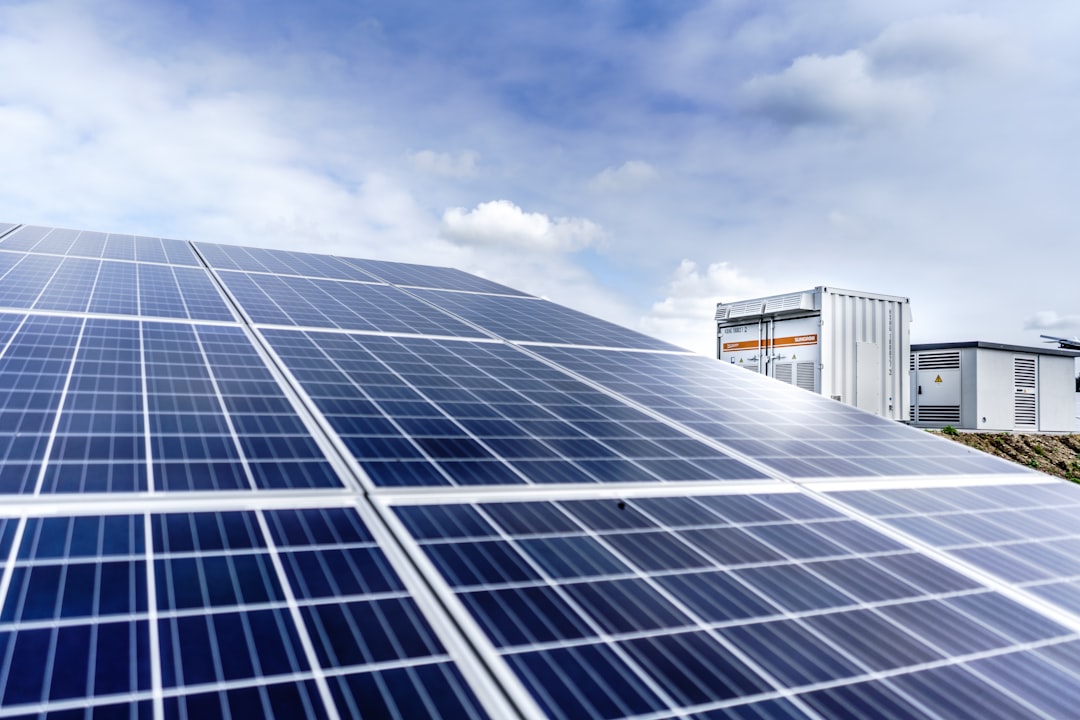What is it about?
Effect of Polyvinylpyrrolidone on the Structure Development, Electrical, Thermal, and Wetting Properties of Polyvinylidene Fluoride-Expanded Graphite Nanocomposites. The dispersion of GNSs in PVDF has been enhanced by employing PVP as the surfactant in comparison to the nanocomposites without PVP. The electrical percolation threshold of PVDF-ExGr-1 wt % PVP nanocomposites has been reduced to 0.3 wt % ExGr when compared to that of solution-blended PVDF-ExGr composites (0.5 wt % ExGr.) This result proves that the layer of the surfactant coated over the GNSs is less and that the interparticular distance for the charge transport would have been reduced to a greater extent. The formation of GNSs and enhanced dispersion of GNSs in PVDF due to the incorporation of PVP have been confirmed through FESEM analysis. The existence of the electroactive gamma phase of PVDF in solvent-cast PVDF-ExGr and PVDF-ExGr-1 wt % PVP composites has been confirmed through XRD and FTIR analyses. Both the alpha and gamma phases coexist in PVDF-ExGr nanocomposites. DSC analysis proves the existence of the gamma phase of PVDF as a high-temperature melting peak around 172 °C is observed apart from that of the alpha phase for the investigated PVDF-ExGr nanocomposites. TGA proves the fact that the thermal stability of the composite with PVP is higher than that of composites without PVP above 500 °C as the char content was observed to be higher in the former composites. This is attributed to enhancement in the dispersion of GNSs in the PVDF matrix. Enhanced hydrophobicity of the solvent-cast PVDF-ExGr composites with and without PVP was confirmed by WCA analysis. The electrical conductivity of compression-molded PVDF-ExGr nanocomposites with and without PVP has been observed to be less than that of solution-blended nanocomposites of the same loading of filler particles. The decrease in the melt viscosity of the polymer during compression molding increases the interparticular distance of GNSs, which increases the barrier for the charge transport.
Featured Image

Photo by Ries Bosch on Unsplash
Why is it important?
Depending on the processing route adopted for the synthesis of CPCs, the dispersion of fillers in the polymer matrix will vary. depending on the polymer matrix, the choice and amount of surfactant used are critical for enhancing the dispersion of the filler in the polymer matrix.
Perspectives
Conducting polymer composites (CPCs) are being immensely focused for various applications such as sensors, actuators, fuel cell bipolar plates, energy harvesting nanogenerators, electromagnetic interference (EMI) shielding devices, etc. The electroactive gamma phase content and the electrical conductivity values of PVDF-expanded graphite nanocomposites suggest the fact that they can be used for mechanical energy harvesting and electromagnetic shielding application in the microwave frequency range.
Dr Pratheep K Annamalai
University of Queensland
Read the Original
This page is a summary of: Effect of Polyvinylpyrrolidone on the Structure Development, Electrical, Thermal, and Wetting Properties of Polyvinylidene Fluoride-Expanded Graphite Nanocomposites, ACS Omega, December 2023, American Chemical Society (ACS),
DOI: 10.1021/acsomega.3c03083.
You can read the full text:
Contributors
The following have contributed to this page










